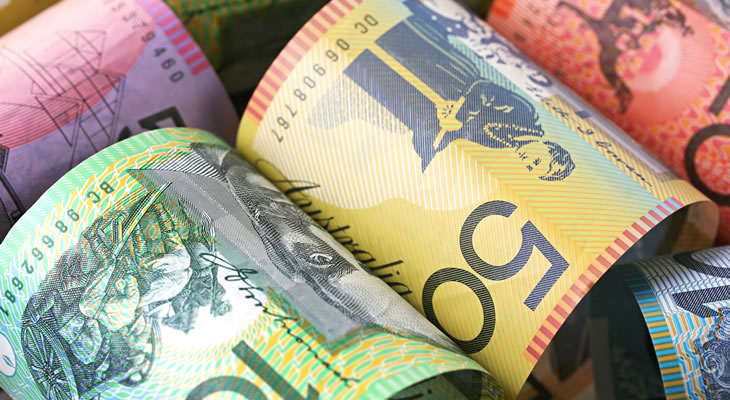At the close of last week, the Pound Sterling to Australian Dollar (GBP/AUD) exchange rate declined by around -0.40%.
With oil prices rising and market sentiment improving, the ‘Aussie’ (AUD) generally strengthened over the course of last week. Although the Reserve Bank of Australia (RBA) has stated that the high value of the Australian Dollar is hurting the Australian economy, mostly positive data and demand for high-yielding assets saw the South Pacific asset climb.
The Pound, meanwhile, appreciated significantly over the course of last week. This was mainly due to a succession of impressive domestic data results. Further gains were as a result of hawkish statements from Bank of England (BoE) policymakers, who implied that deflation would not have a long-term negative impact on the economy, and wouldn’t influence rate revisions.
Pound Sterling (GBP) Exchange Rate Forecast to Gain on Domestic Data
If the past few weeks are anything to go by, the coming week’s British data has a high potential to print positively. This will cause the Pound to surge, especially given that the BoE has stated that rate revisions would be led by data results.
‘All the data that’s coming out is telling us a reasonable story for the UK,’ said Jason Simpson, a fixed-income strategist at Societe Generale SA in London. ‘We are moving toward higher rates.’
For those invested in the British asset; BRC Sales Like-for-Like, Industrial Production, Manufacturing Production, NIESR Gross Domestic Product Estimate, House Price Balance, Visible Trade Balance, Trade Balance Non EU, Total Trade Balance and Construction Output all have the potential to provoke changes.
Australian Dollar (AUD) Exchange Rate Forecast to Soften on RBA Intervention
Given that the Reserve Bank of Australia is desperate to devalue the ‘Aussie’, domestic data may not have a significant impact over the coming week. It is very possible that there will be an oversupply of dovish comments from policymakers and Governor Glenn Stevens so as to provoke devaluation without data printing poorly.
‘The scale of global monetary stimulus means that our exchange rate remains relatively high given the state of our overall economy,’ Reserve Bank of Australia deputy governor Philip Lowe said in a recent speech at a Sydney conference.
For those trading with the Australian Dollar; Employment Change and Unemployment Rate will hold the most weighting in terms of the provocation of volatility. Business Confidence, Consumer Confidence, Home Loans, Investment Lending, Value of Loans, Consumer Inflation Expectation and Full Time Employment Change will all be significant for those invested in the South Pacific asset.
As a commodity-correlated currency; fluctuations in crude prices will impact upon the Australian Dollar.
If the common currency continues to decline, the Australian Dollar and the Pound will benefit from cheaper trade.
Although positive British data is likely to provoke a Sterling surge, the gains may be somewhat less dramatic with the forthcoming general election weighing on investor confidence amid political uncertainties.
At the close of last week, the Pound Sterling to Australian Dollar (GBP/AUD) exchange rate was trending in the region of 1.9501.

